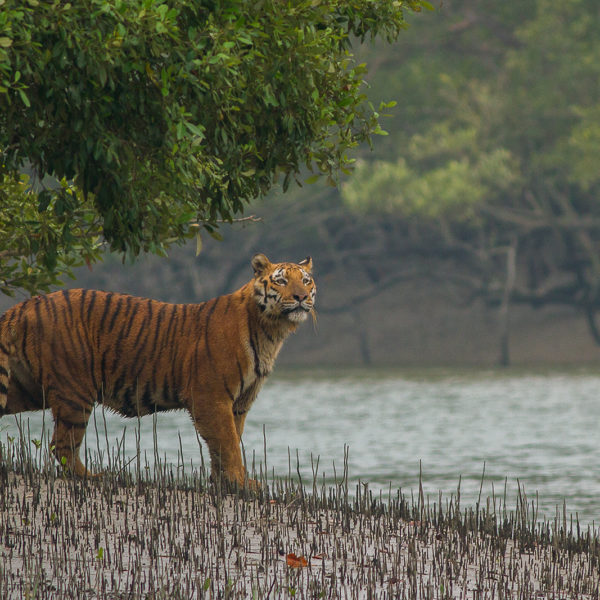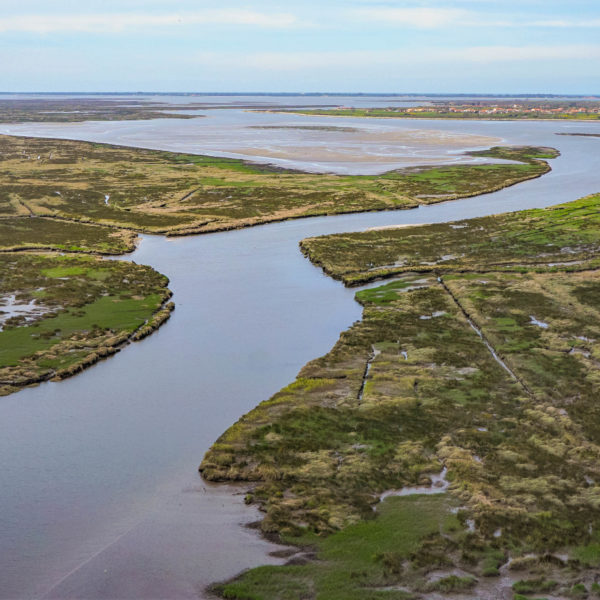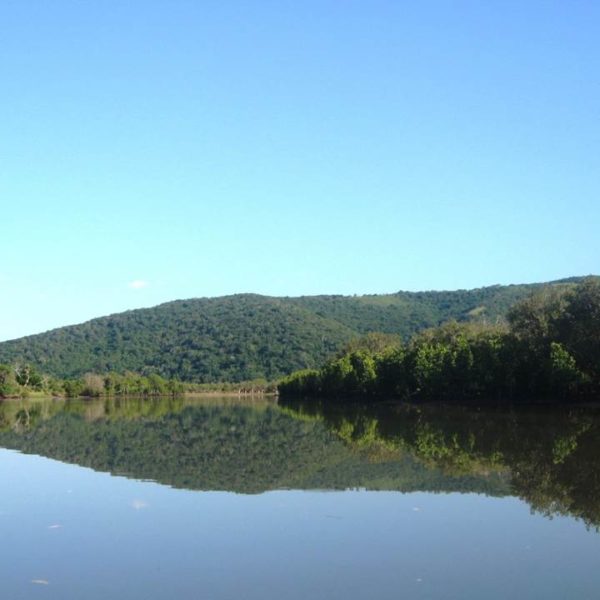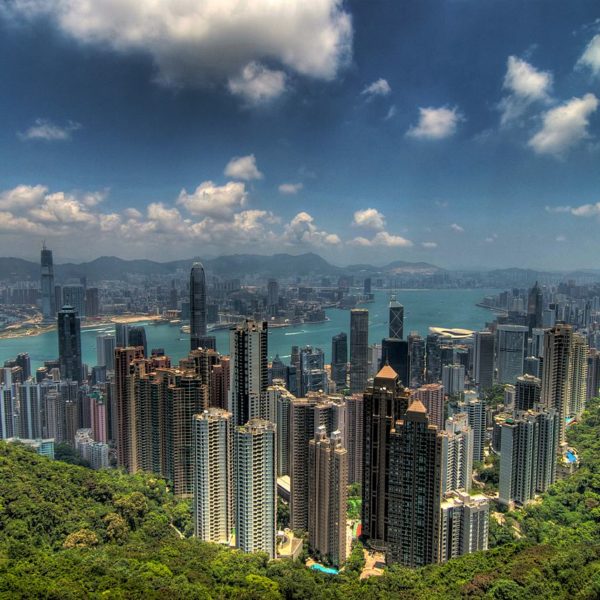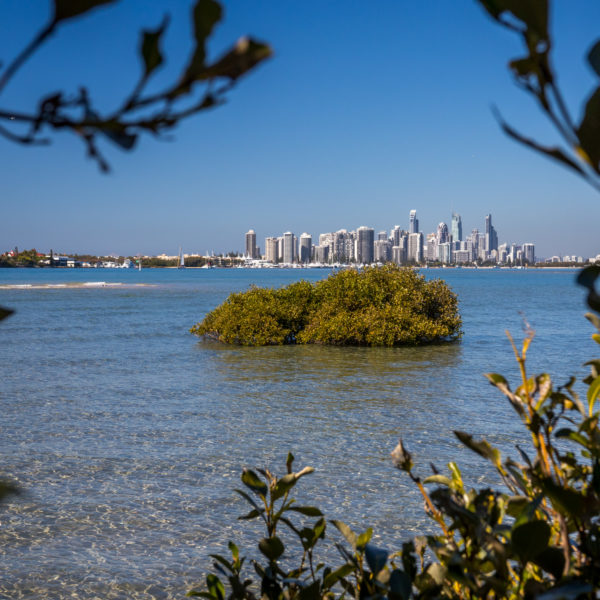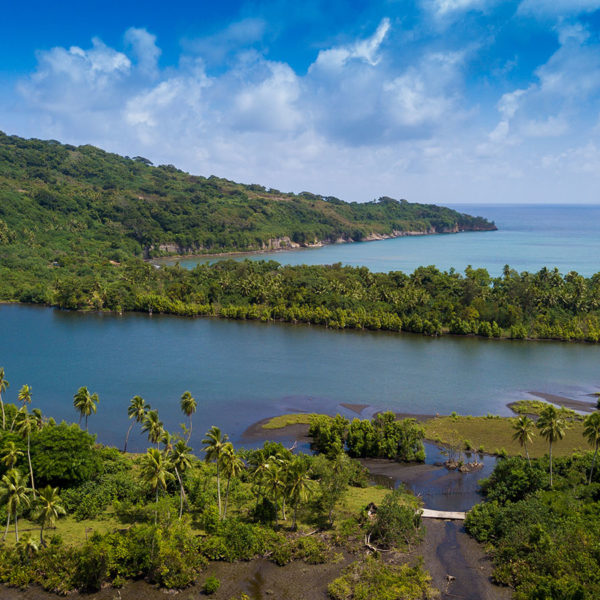Unfortunately, we’re losing these important places. Over 50% of coastal wetlands are already gone and the rest are at risk from a range of serious threats.
There’s an urgent need to limit and reverse the loss of coastal wetlands in order to arrest biodiversity decline, protect communities and tackle climate change.
The Global Wetlands Project (GLOW) is meeting this challenge by informing and empowering coastal conservation.
Our focus is to elevate scientific understanding of critical issues and build online tools to help address these issues more effectively and efficiently. You can read our blog, follow us on Twitter and YouTube.
The project is coordinated by Griffith University in Queensland, Australia, with key partner investigators around the world. GLOW is supported by the Coastal and Marine Research Centre and The Australian Rivers Institute, leaders in research and education across biophysical, social and economic sciences from catchment-to-coast.
GLOW is also a member of the Global Mangrove Alliance.
PhD applications are now open. We hope you can join us in delivering rigorous and relevant science for conservation at the ocean’s edge.


